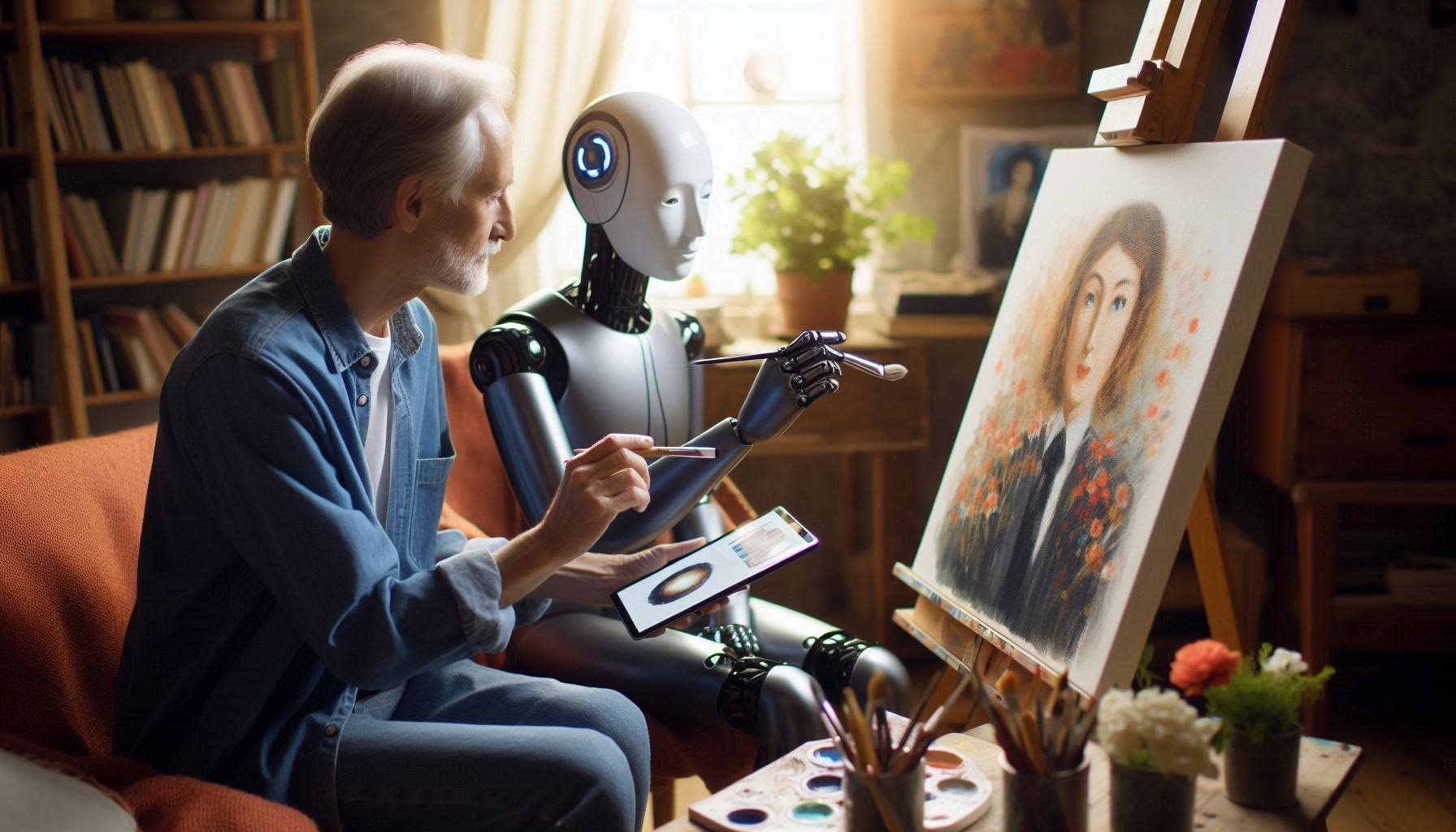
AI tools in art are a double-edged sword. On one hand, they can significantly streamline the creative process, offering artists new ways to explore their ideas and expand their creative horizons. AI can handle repetitive tasks, provide inspiration, and even suggest novel techniques or styles that an artist might not have considered.
On the other hand, there is a valid concern that the ease and efficiency provided by AI might undermine the traditional efforts and skills that many artists value. The fear is that reliance on AI could lead to a devaluation of human creativity and craftsmanship, potentially reducing the need for certain artistic skills.
Ultimately, the impact of AI on art depends on how it’s used. If seen as a tool to augment rather than replace human creativity, AI can be a powerful ally for artists. It can enhance their work, open up new possibilities, and even democratize art by making certain aspects of the creative process more accessible. However, if over-relied upon, it could indeed diminish the perceived value of the artist’s individual effort and skill. Balancing these aspects is key to integrating AI into the art world in a way that respects and preserves the essence of human creativity.